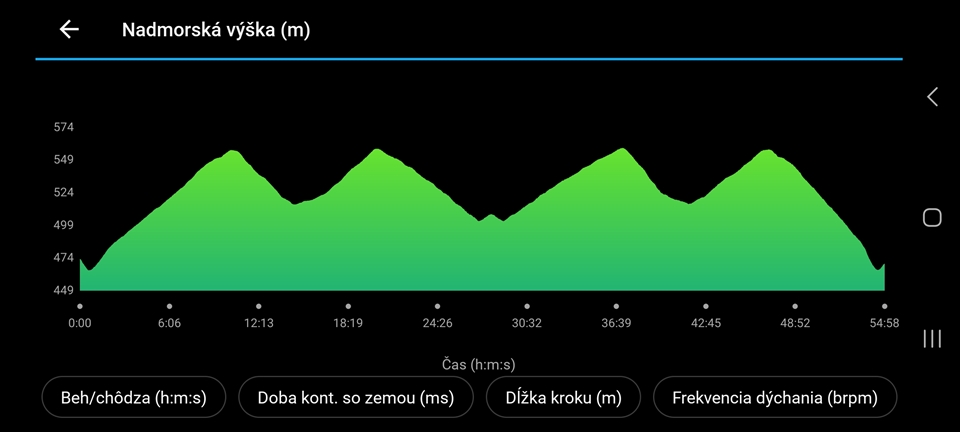Hi,
I have software version 15.19.
Lately i've noticed problems with altimeter/elevation. It gives too much elevation gain/loss during activity and in meantime too. Most of the days watch tells me before lunch that ive climbed 10 floors already. I've tried to calibrate the sensor and clean the watch with no results.
SETTINGS: Sensor mode - AUTO, auto cal. - ON.
Does anyone else noticed similar issues?




